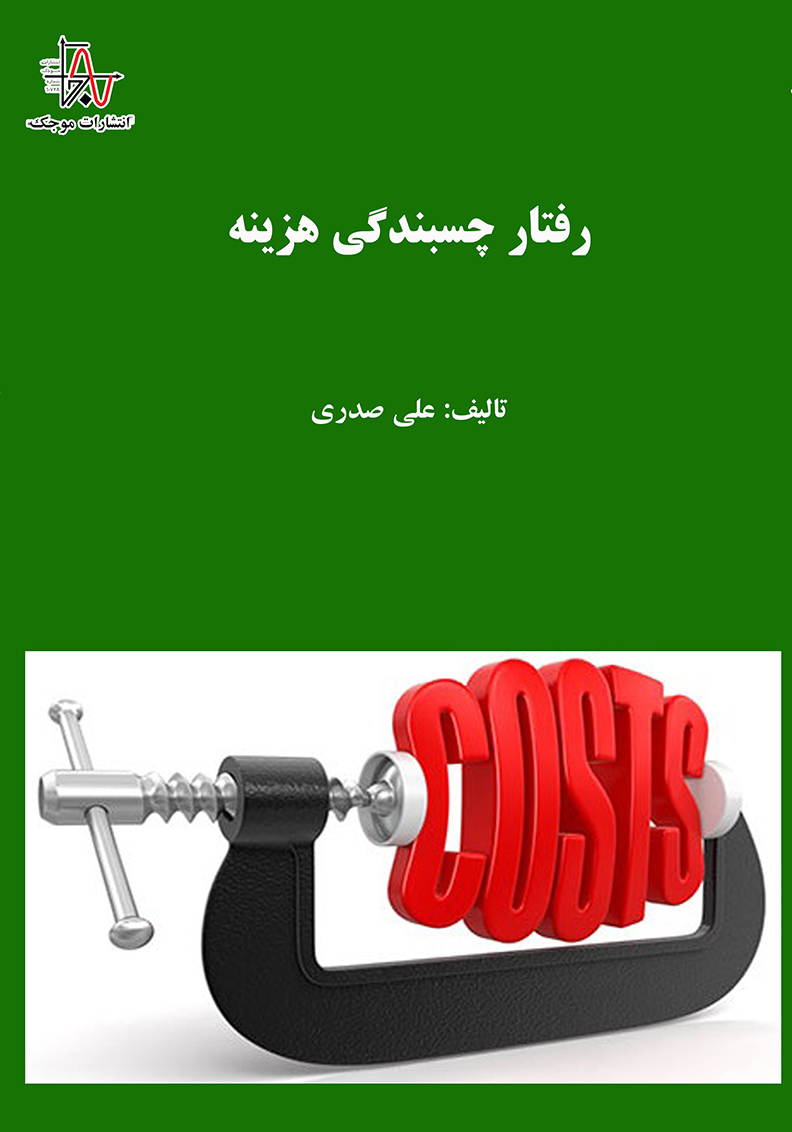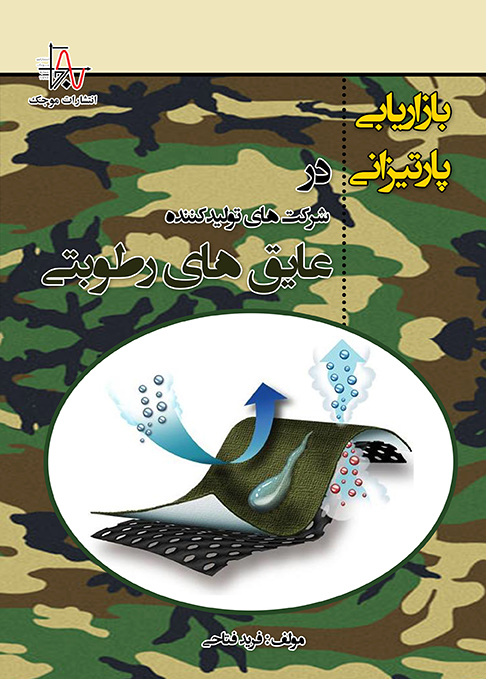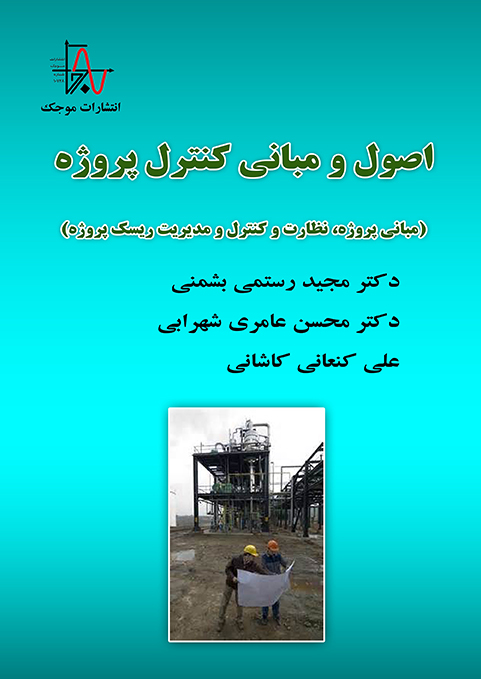ناشر : انتشارات موجک (ناشر دانشگاهی)
کد کتاب : M817
عنوان : رفتار چسبندگی هزینه
تالیف : علی صدری
مشخصات ظاهری : ۸۰ صفحه، قطع وزیری
چاپ اول : بهار ۱۴۰۲، تيراژ : ۵۰۰ جلد
قيمت : ۱۶۳۰۰۰۰ ريال، شابک : ۳-۴۸۷-۹۹۴-۶۰۰-۹۷۸
حقوق چاپ و نشر برای ناشر محفوظ است.
————————————————————————————————————————————————————————————————————————–






نقد و بررسیها
هیچ دیدگاهی برای این محصول نوشته نشده است.